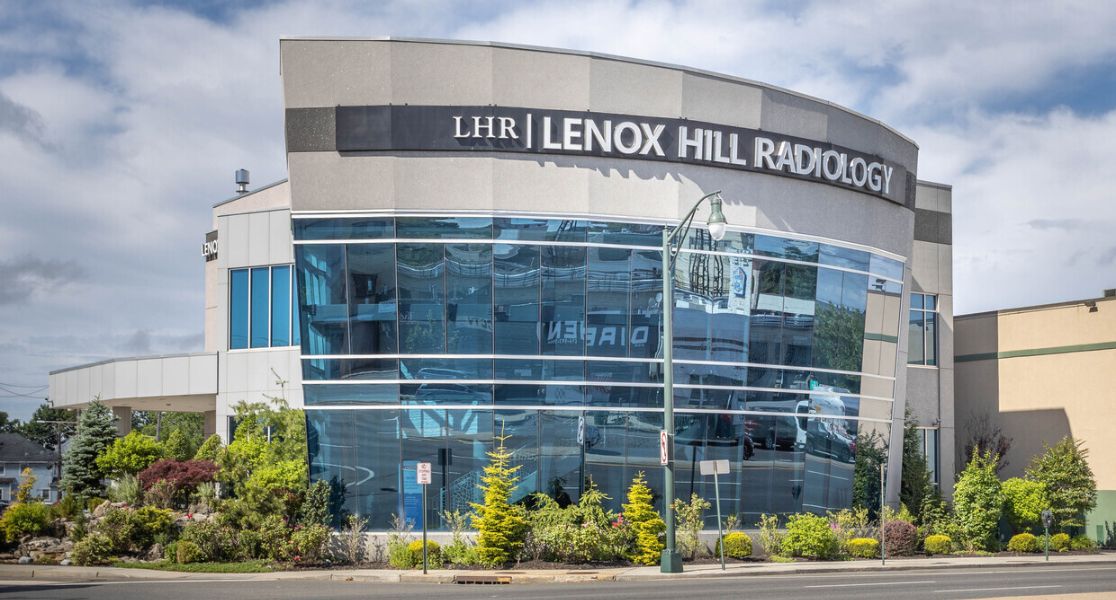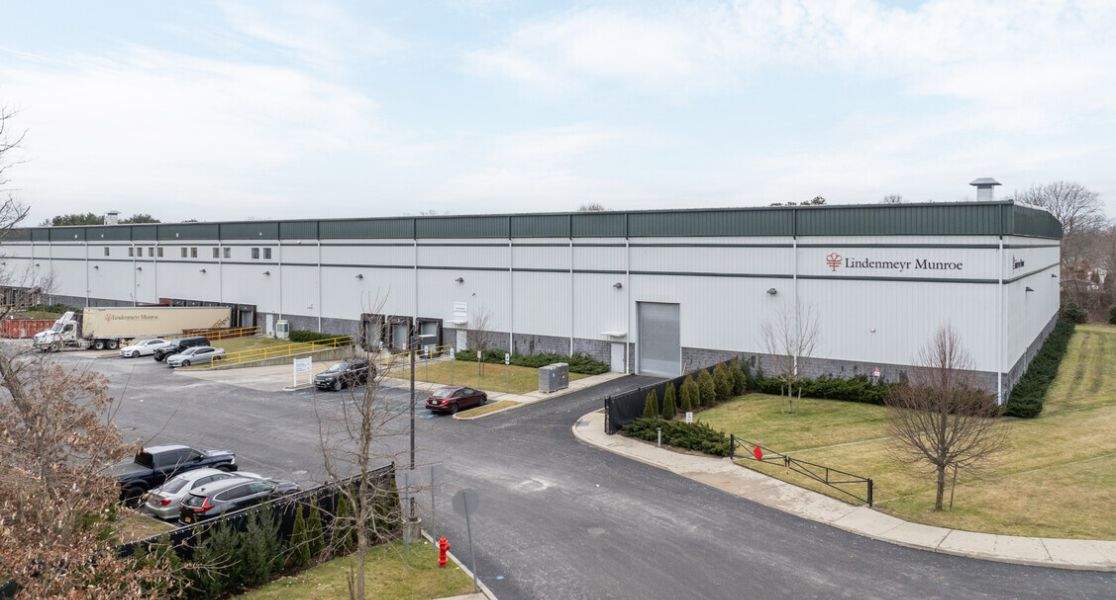
A modified gross lease is structured where both the landlord and the tenant share responsibility for paying the property’s operating expenses. Operating expenses can include real estate taxes, insurance, common area maintenance, and any utilities (such as water, electricity, gas, etc).
Modified gross leases have benefits for landlords and tenants. By negotiating modified gross leases, landlords and tenants clearly understand what expenses they are responsible for and when.
Determining Tenant’s Share in a Modified Gross Lease
Determining the tenant’s share or responsibility for the operating expenses can be arranged in a few ways. They can be determined through the pro-rata share, base year, and a determined expense stop.
Pro-Rata Share
The pro-rata share is determined by the square footage occupied by the tenant.
For example, tenant A occupies 15,000 square feet in a 100,000-square-foot building. This means their pro-rata share is 15%. If the total expenses are $100,000, tenant A is responsible for $15,000 in expense costs.
Base Year
This is often used for determining real estate tax reimbursements. The year a tenant’s lease begins is typically known as the base year. However, the base year can be negotiated between the landlord and tenant.
If the taxes increase over the base year amount, the tenant can be responsible for 100% of the increased taxes, or a smaller percentage negotiated between the landlord and tenant. With this base year method, the landlord can determine if they pass on all future tax increases to the tenants or only a portion.
For example, tenant A’s lease began in 2021 (base year), where the property taxes were $22,000 in total. Tenant A is responsible for 50% of any increases over the base year. In 2022, the taxes have increased to $24,000 annually. This is an increase of $2,000 annually. As a result, Tenant A is responsible for paying $1,000 in property taxes for the 2022 real estate tax expense.
Expense Stop
In this method, a landlord will pay for the expense up to a certain “stop” amount. For instance, with an expense stop of $2 per square foot, the landlord will only pay up to $2 per square foot in expenses, and any amount higher would then be passed on to the tenant.
The expense stop can be used for individual expenses or a group of expenses such as those found in common area maintenance expenses.
Modified Gross Vs. Gross (Full Service) Lease
Modified gross leases should not be confused with gross leases.
A gross or full-service lease is structured in which the landlord is responsible for all of the property’s operating expenses. The tenants pay a flat rental rate, where they aren’t responsible for real estate taxes, insurance, common area maintenance, or utilities.
Modified Gross Vs. Absolute Triple Net Lease
Alternatively, an absolute triple net lease is structured in which the landlord is not responsible for any of the property’s operating expenses.
In this case, the tenant is responsible for paying the landlord a rental rate and is also responsible for 100% of real estate taxes, insurance, CAM, utilities, and sometimes even roof and structure.
Conclusion
We hope you found this article informative and insightful. If you have any questions about commercial real estate, please contact us at 516-393-2300.
To stay updated on more real estate articles or news, please sign up for our email list here.






